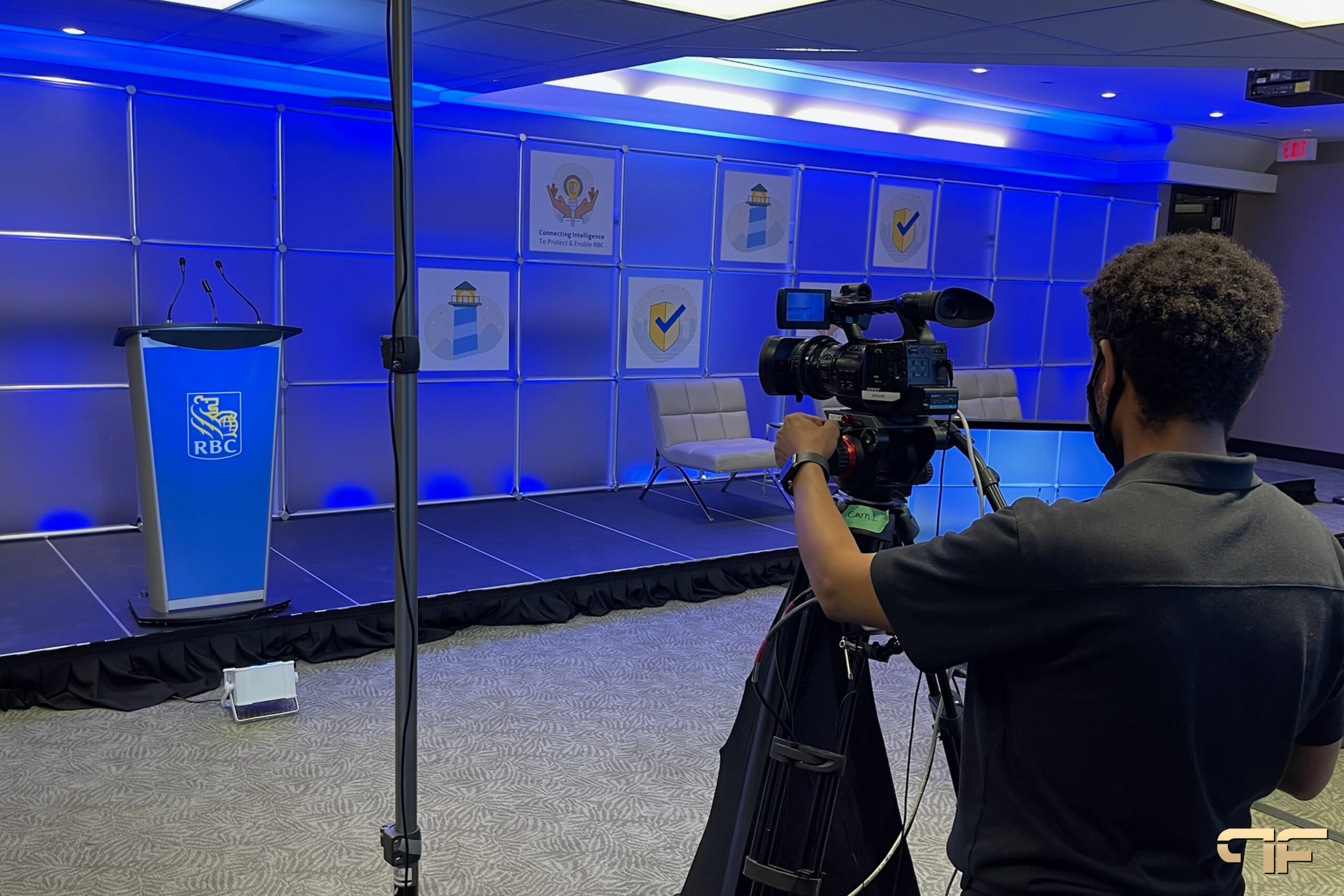
Virtual presentations have become a must since the global pandemic spread in 2019. It’s a new and exciting way of presenting, with limitless possibilities. A visual presentation can help you communicate whatever you want and have three essential components: the presenter, the audience, and the venue.
In a virtual environment, engagement is more than just getting people to watch or listen to your content. Your engagement strategy should go one step further and inspire your participants to talk to you and to one another. Further, true engagement occurs when you create high-quality opportunities for your participants, not just the speakers, to learn from one another.
How to Make Your Visual Presentation Come to Life?
Future’s Past Events has some very effective virtual presentation tips to suggest that will boost your virtual event’s performance.
1. Do some Audience Research
You’ll need to do a little more research than usual for virtual presentations. It is essential to understand your audience and their expectations from the presentation.
A week before a webinar or similar event, you can create a registration page or an electronic submission form. You can also try to gather general information about who will be attending the event and as well inquire about what they hope to gain from the meeting or if they have any pressing questions.
2. Start With Your Presentation Slides
Slides can be extremely useful if you plan to host a virtual presentation. As a presenter, you have to know that colourful slides with different color schemes and high-quality photos can certainly attract your audience’s attention. In this way, a presentation that is hosted virtually will be more efficient and effective for your attendees’ brains. Include more slides that you will most likely use in your live or in-person presentations.
In live presentations, people tend to memorize details through the presenter’s body language or physical movement. Instead in virtual presentations, attendees will be more focused on the content of the slides in order to understand better the main topic and memorize extra details.
3. Make time for discussion in each Session of your Virtual Event
The more conversational your sessions feel, the more engaging they will become. Attendees will stay engaged and tuned in if they know they can talk to you or the leader of a session. You can amplify this engagement by using live polling, live annotation, or chat functionality through social media.
In case your content is recorded previously, consider designing its delivery so that attendees have 10 minutes in the middle of the session to analyze what they’ve understood so far.
4. Try to Eliminate Distractions
A remote audience is constantly multitasking between tasks, so there will inevitably be some distractions. You can gently specify to your attendees that during your speech everyone to stay on mute in order to not be suddenly interrupted. Instead, attendees can ‘raise’ their hands and wait until the presenter will be able to communicate. This is a useful tip if you want people to pay attention to your presentation.
5. Be Dynamic in your Virtual Presentations
Future’s Past Events can help you put yourself on screen so that audience can see you better.
The communication process between you and your attendees will be more efficiently established as audio and visual services are a priority for us. Do whatever works best for you in order to get your expected outcome. Try to express your ideas and spread the passion that you have through the presentation. Keep in mind that nothing will change due to not being face-to-face with your attendees.
Presenting is a difficult skill to master, but practice is ideal for making it perfect. Remember that your enthusiasm and dedication in the virtual meeting room will go a long way toward keeping your audience engaged as you fine-tune your presenting technique.

Comments are closed.